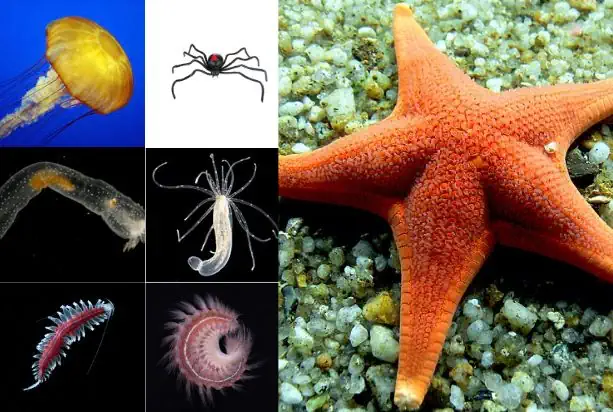Invertebrates are a very diverse group of animals, comprising more than 95% of all animal species on Earth. They come in a wide range of shapes and sizes, from insects to mollusks, and can be found in almost every environment, from the deepest oceans to the highest mountains.
The cardiovascular system is one of the most crucial systems in the bodies of invertebrates, helping to circulate blood or other fluids throughout their bodies. While the structure and function of the cardiovascular system can vary greatly among different invertebrates, many of these creatures do have a heart.
The answer is – Insects have an open circulatory system and a long, tube-like heart that pumps blood into the hemocoel. Mollusks have a closed circulatory system and a one or two-chambered heart. Crustaceans and annelids also have hearts, but their structures vary. Invertebrate hearts are crucial for proper fluid circulation and work with other systems to provide oxygen and nutrients.
Insects
Insects have an open circulatory system, where blood is not confined to vessels but instead flows freely throughout the body cavity called the hemocoel. The insect heart is a long, tube-like structure that pumps blood into the hemocoel, flowing through the body and eventually returning to the heart through valves.
Mollusks
In contrast, mollusks have a closed circulatory system where blood is confined to vessels and pumped through the body by the heart’s contractions. Mollusk hearts vary in structure but are generally composed of one or two chambers and may be located in different parts of the body depending on the species.
Crustaceans & Annelids
Crustaceans and annelids, among other invertebrates, also have hearts, although their structures can be quite different from those of insects and mollusks. In some cases, the heart may be located in the head or thorax, while in others it may be in the abdomen or even distributed throughout the body.
Overall, although the hearts of invertebrates may not be as complex as those of vertebrates, they are still crucial for ensuring proper circulation of blood or other fluids. In many cases, the heart works in conjunction with other systems, such as the respiratory system, to help provide oxygen and nutrients to the body’s tissues.
Final Thought
In conclusion, while the presence and structure of a heart can vary greatly among different invertebrates, many of these creatures do have a heart. These fascinating structures play a crucial role in the survival and well-being of invertebrates, helping to circulate blood and other fluids throughout their bodies and enabling them to thrive in a wide range of environments.
Related Posts
Disclaimer: SoundVegan, Inc. disclaims all liability and does not advocate the use or abuse of any goods, products, or medications. Although we make every effort to guarantee the authenticity of our material, we cannot make any promises. We work hard to give you helpful information so you may choose the best course of action for your lifestyle and health.

